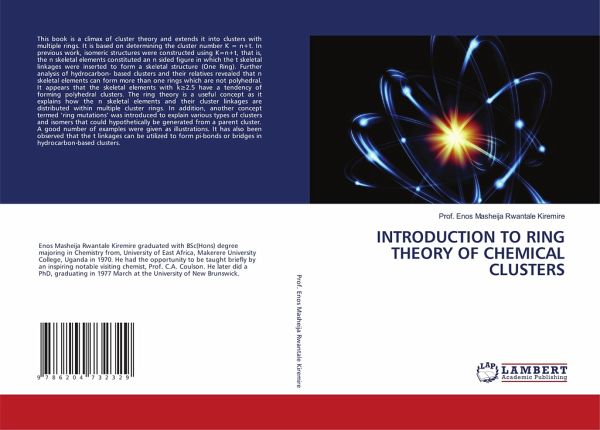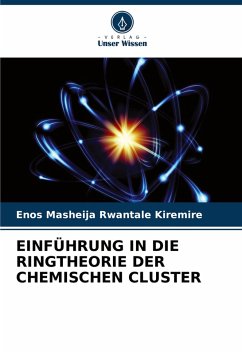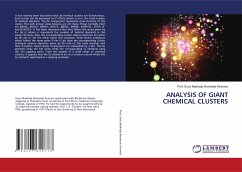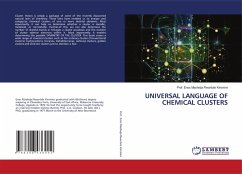
INTRODUCTION TO RING THEORY OF CHEMICAL CLUSTERS
Versandkostenfrei!
Versandfertig in 6-10 Tagen
53,99 €
inkl. MwSt.

PAYBACK Punkte
27 °P sammeln!
This book is a climax of cluster theory and extends it into clusters with multiple rings. It is based on determining the cluster number K = n+t. In previous work, isomeric structures were constructed using K=n+t, that is, the n skeletal elements constituted an n sided figure in which the t skeletal linkages were inserted to form a skeletal structure (One Ring). Further analysis of hydrocarbon- based clusters and their relatives revealed that n skeletal elements can form more than one rings which are not polyhedral. It appears that the skeletal elements with k 2.5 have a tendency of forming pol...
This book is a climax of cluster theory and extends it into clusters with multiple rings. It is based on determining the cluster number K = n+t. In previous work, isomeric structures were constructed using K=n+t, that is, the n skeletal elements constituted an n sided figure in which the t skeletal linkages were inserted to form a skeletal structure (One Ring). Further analysis of hydrocarbon- based clusters and their relatives revealed that n skeletal elements can form more than one rings which are not polyhedral. It appears that the skeletal elements with k 2.5 have a tendency of forming polyhedral clusters. The ring theory is a useful concept as it explains how the n skeletal elements and their cluster linkages are distributed within multiple cluster rings. In addition, another concept termed 'ring mutations' was introduced to explain various types of clusters and isomers that could hypothetically be generated from a parent cluster. A good number of examples were given as illustrations. It has also been observed that the t linkages can be utilized to form pi-bonds or bridges in hydrocarbon-based clusters.












